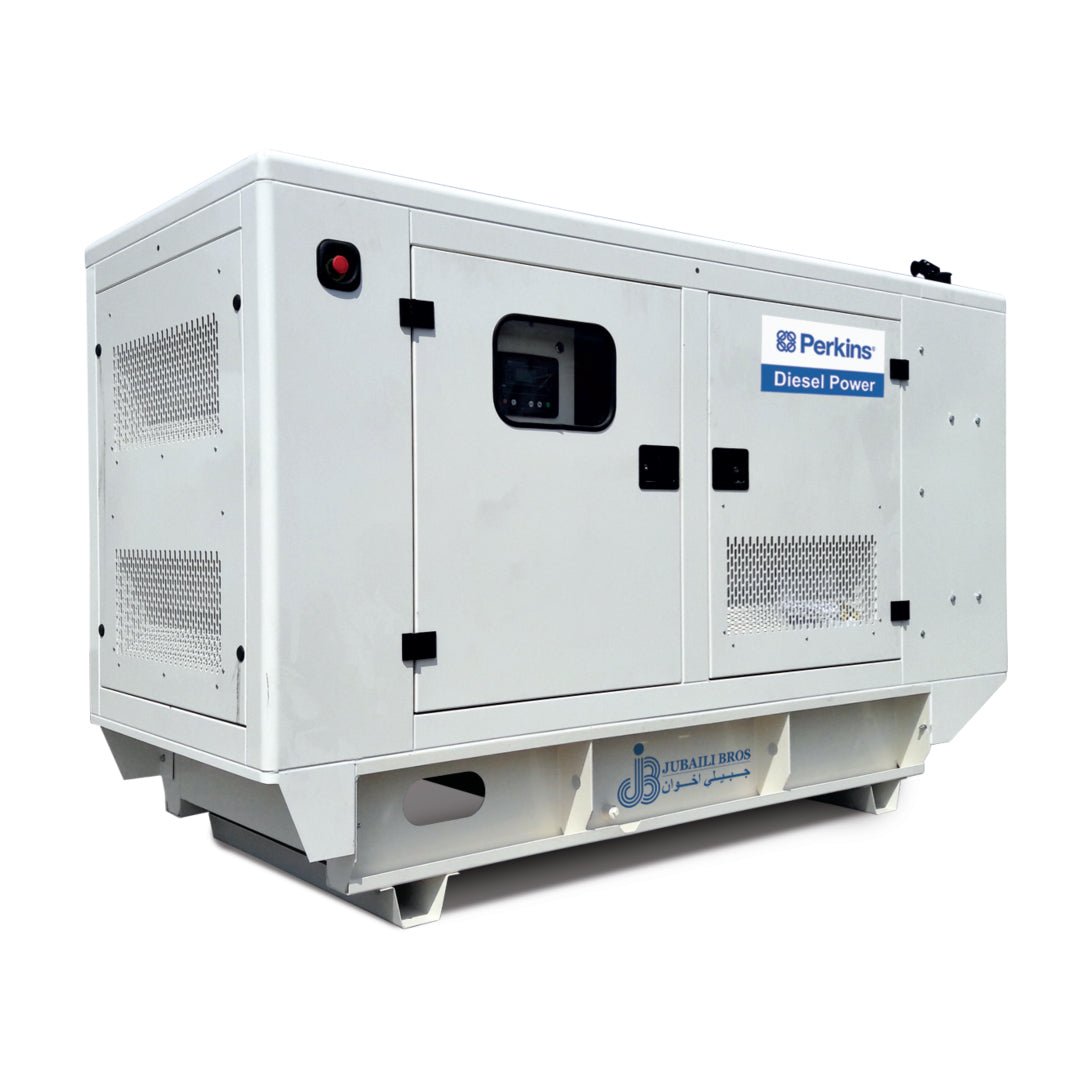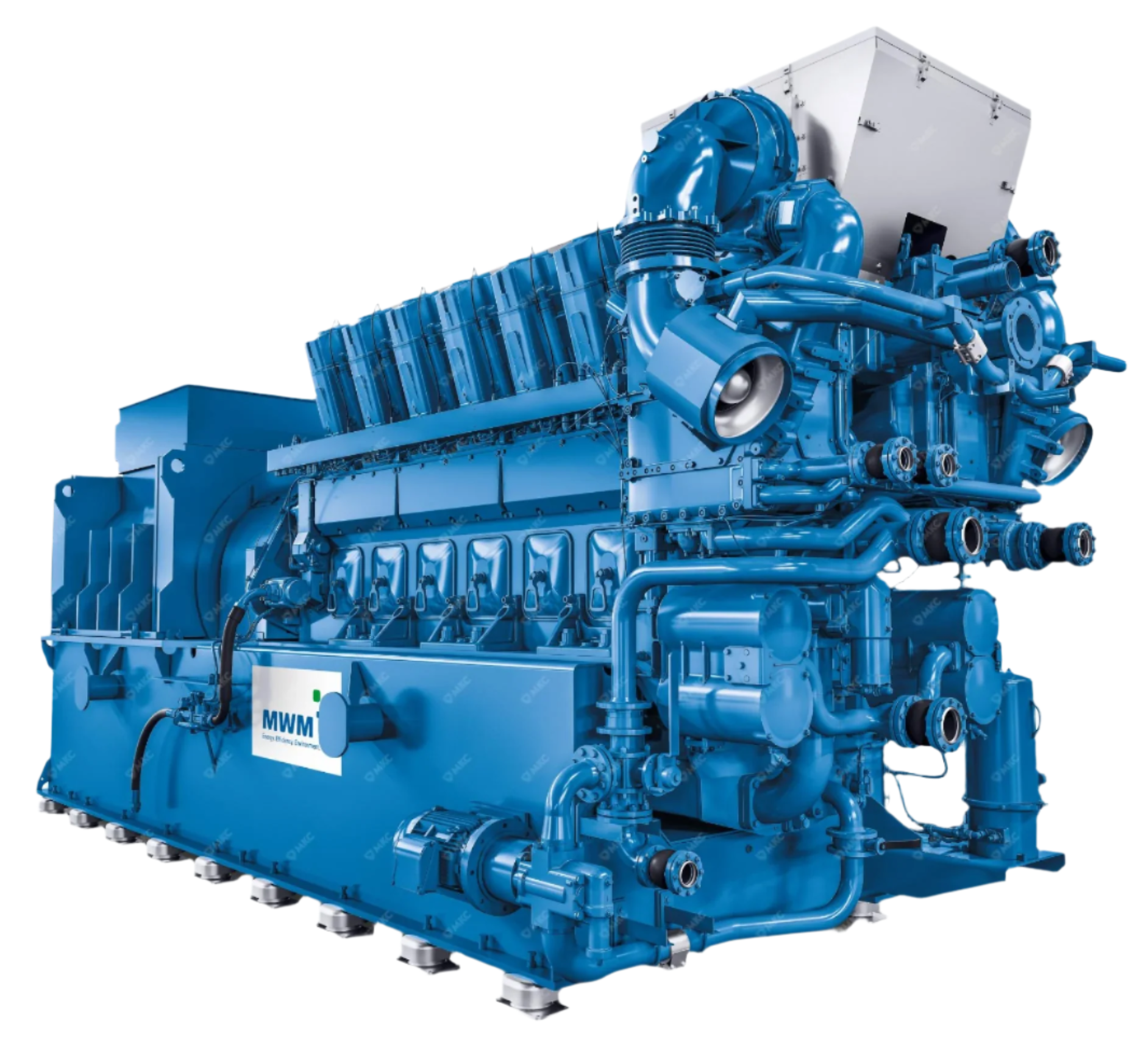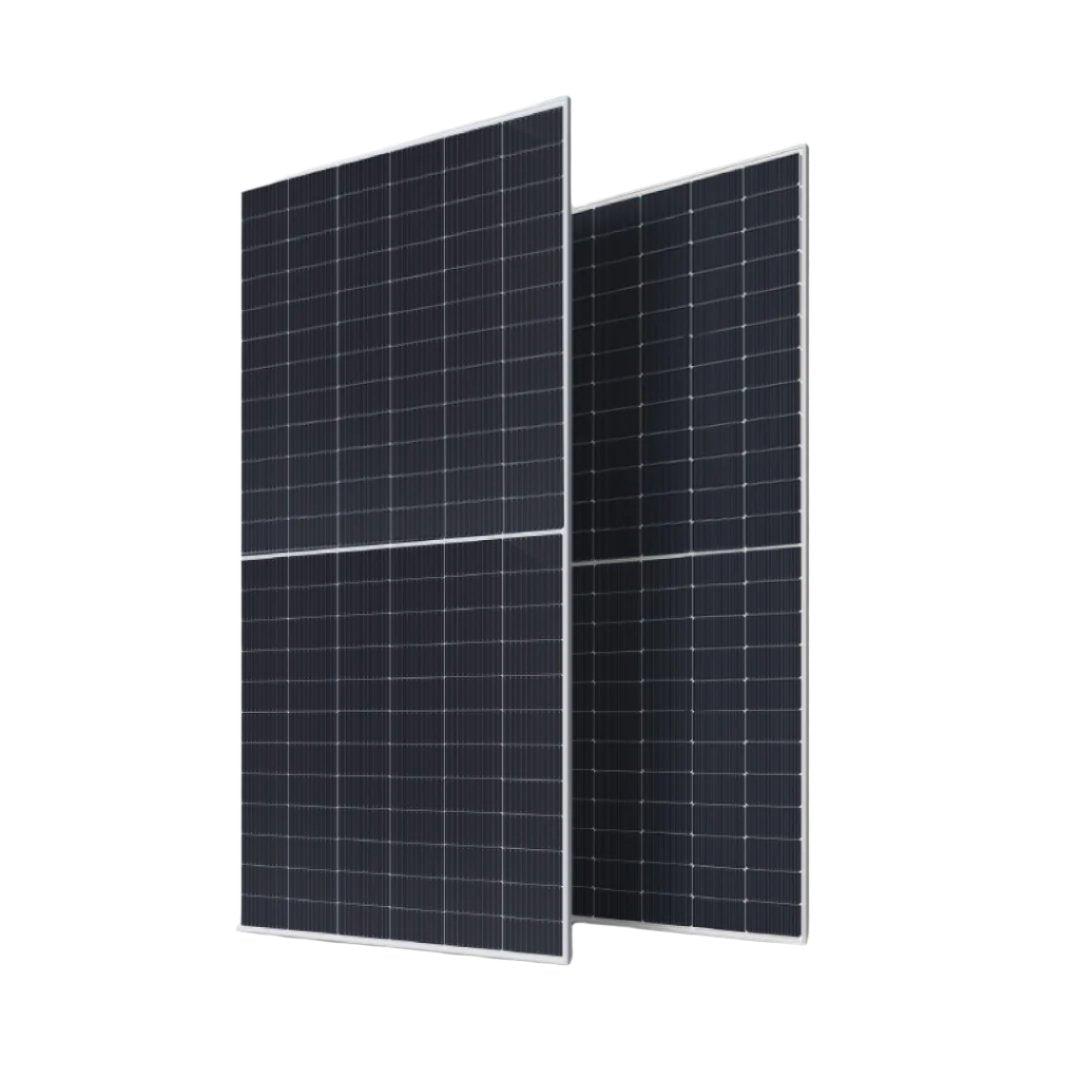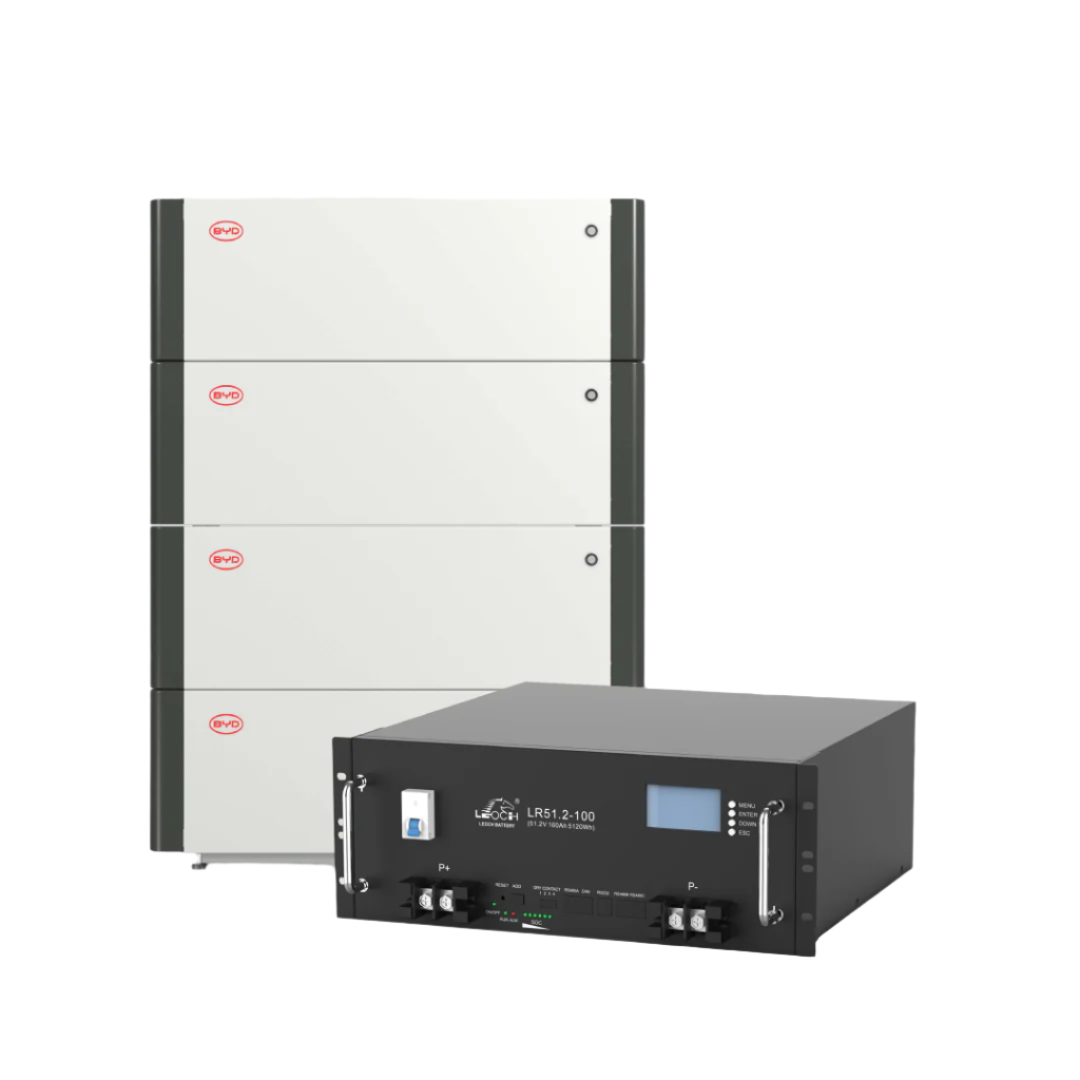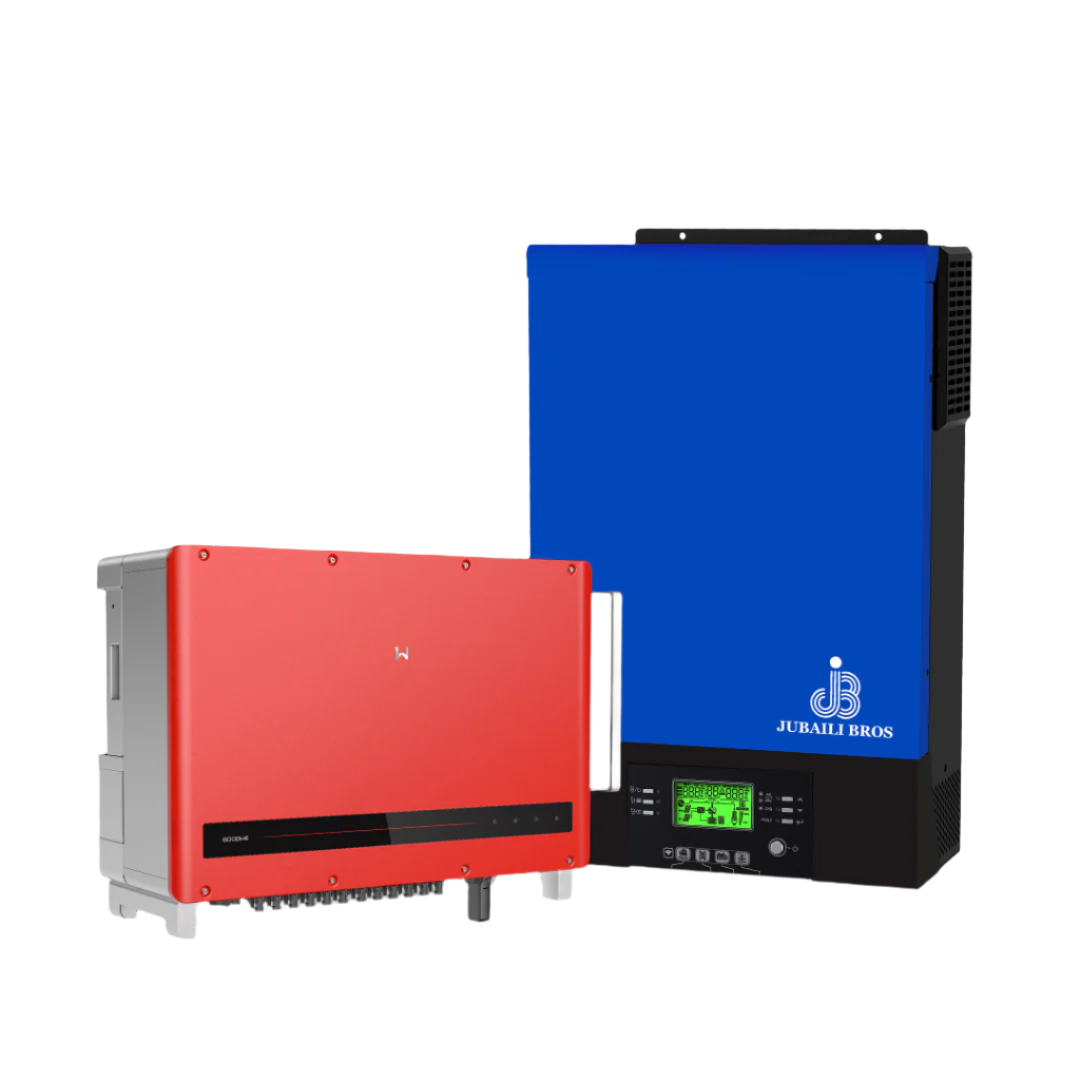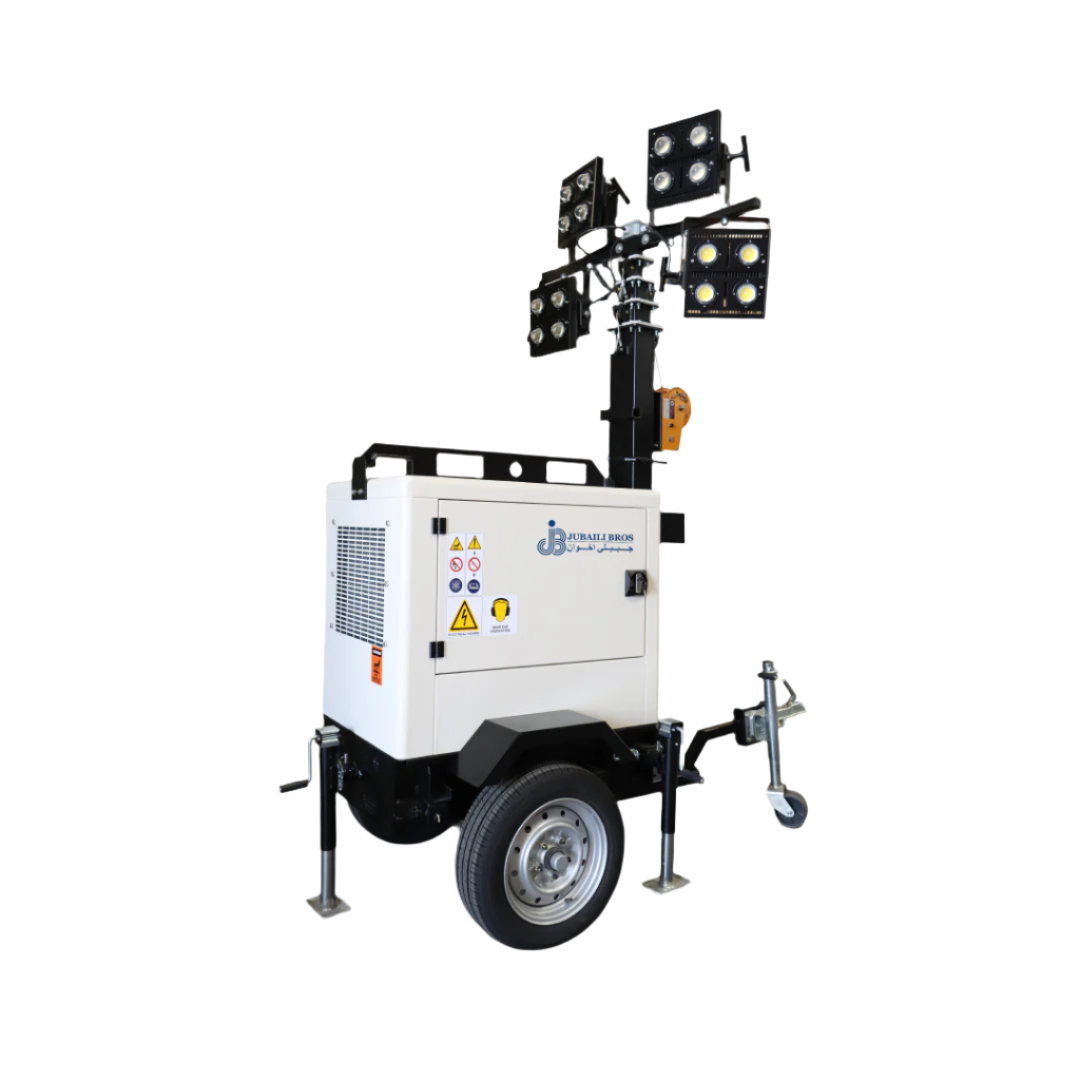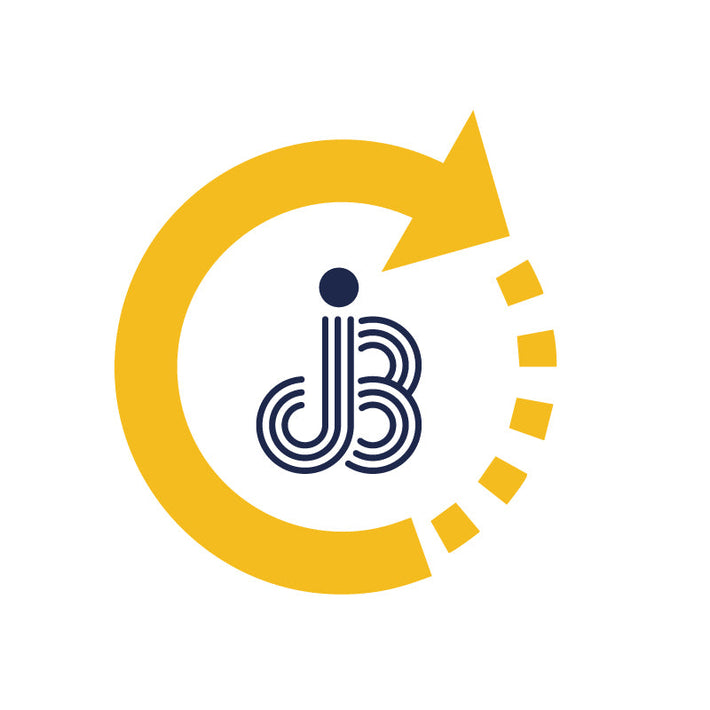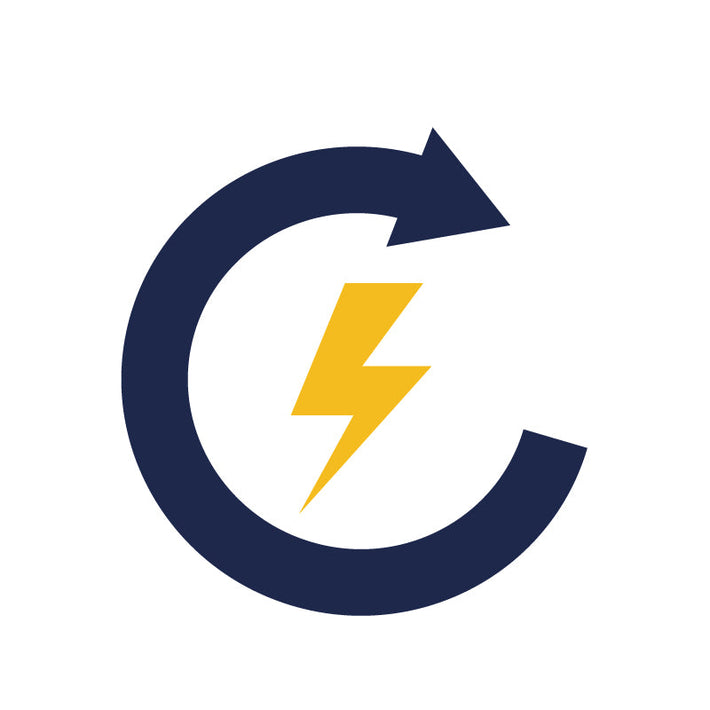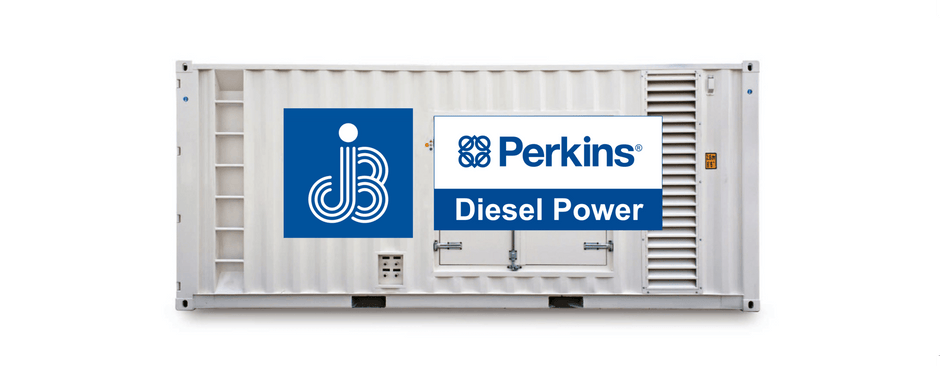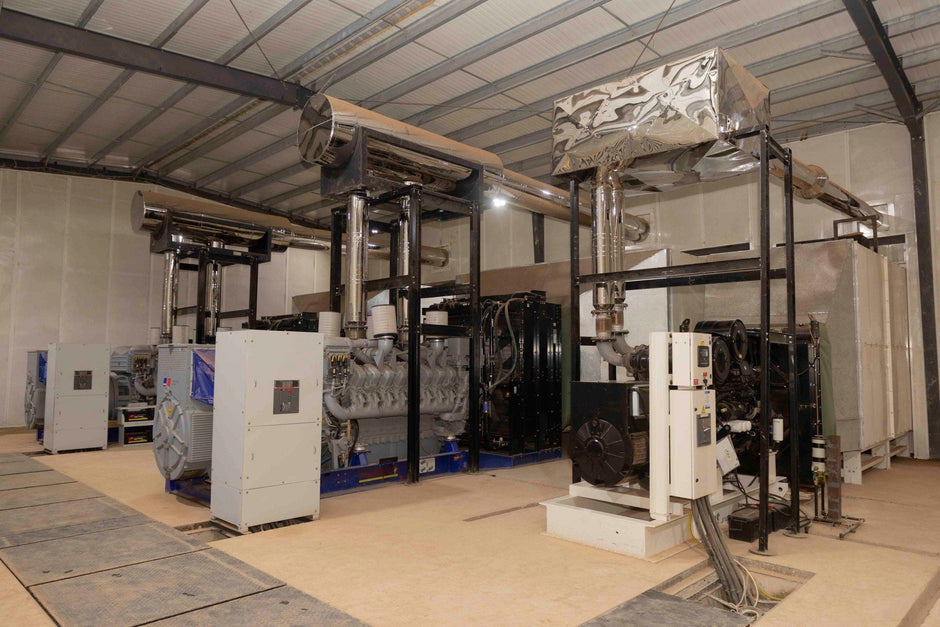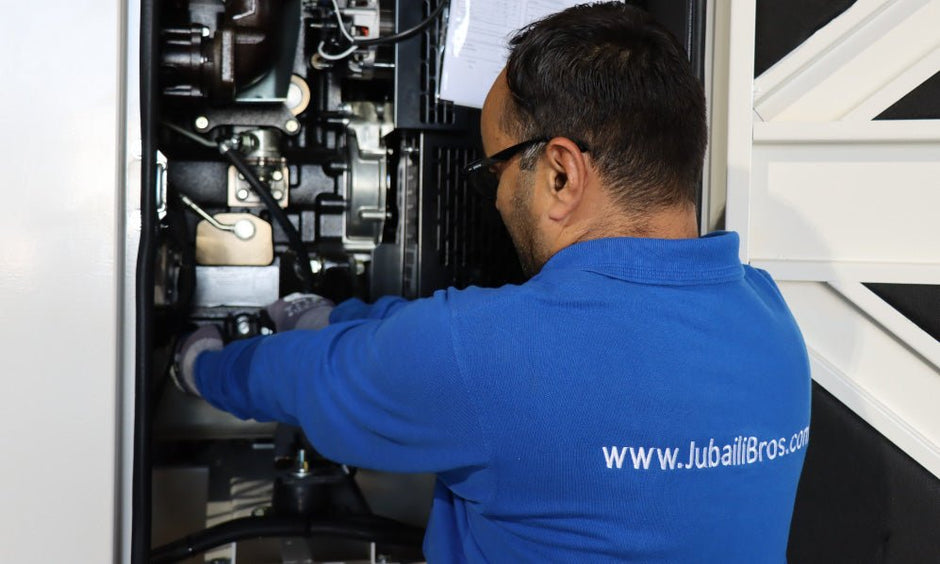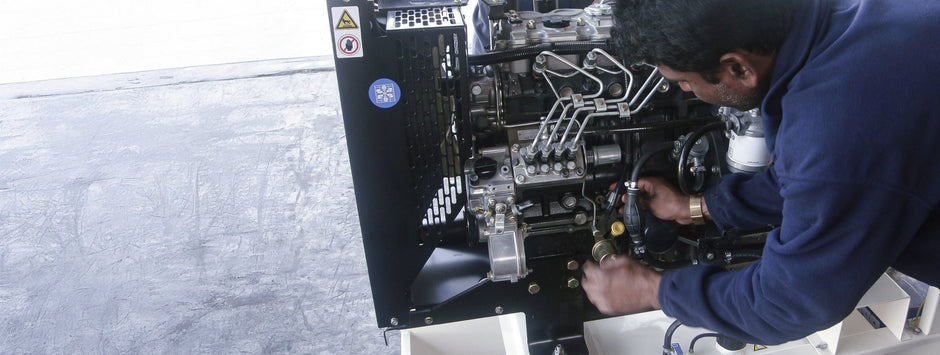When engineers talk about “the load” on a diesel generator, they are referring to the total electrical demand that the generator must support. This includes HVAC compressors, lighting circuits, elevators, and sensitive electronic equipment such as UPS and servers. A correctly sized generator must not only survive the initial inrush from motor starting, but also maintain voltage and frequency stability as the load varies. This article explores common load types, their effects on generator performance, and how to factor them into generator sizing and specification.
Why Load Type Matters
Every electrical load presents a specific combination of resistive, inductive, and capacitive characteristics to the power source. Resistive loads such as incandescent lamps draw current in-phase with voltage. Inductive loads like motors and transformers lag behind the voltage waveform. Capacitive loads, including some LED drivers, lead the waveform. More importantly, modern electronic loads—including UPS systems, VFDs, and LED lighting—are often non-linear, drawing current in sharp pulses rather than smooth sine waves. These distortions can stress the generator’s Automatic Voltage Regulator (AVR) and alternator windings if not addressed properly during sizing.
Linear vs. Non-Linear Loads
According to Jubaili Bros technical training, linear loads draw current proportional to voltage, maintaining a clean sinusoidal waveform. Non-linear loads, however, produce distorted current waveforms containing multiple harmonics—such as the 3rd, 5th, and 7th—superimposed on the fundamental frequency.
These harmonic currents do not perform useful work, yet they flow through the alternator windings, causing additional heating and losses. A general rule is to limit non-linear loads to no more than two-thirds of the generator's rated capacity unless harmonic mitigation measures are in place.
The Impact of Motor Starting
Induction motors are widely used in pumps, air conditioners, and elevators. At startup, these motors can draw 6 to 8 times their rated current. This results in a momentary dip in both voltage and frequency, until the engine governor and AVR restore stability. Jubaili Bros internal guidelines note that a block load representing 75% of generator capacity may cause voltage and frequency dips of up to 5% on a correctly sized generator. When several motors start simultaneously, the dip is larger and may lead to load shedding or nuisance tripping.
To manage this:
- Stage motor starts using contactor-based sequencing or programmable controller delays.
- Specify alternators with PMG or AREP excitation to provide the AVR with a stable power source during transients.
- Use soft-starters or VFDs on large motors to reduce starting kVA and extend alternator life.
Conducting a Load Analysis
Before selecting a generator model, gather the following key inputs:
- Electrical characteristics – voltage, frequency, and phase configuration
- Application type – standby, prime, or continuous duty
- Environmental factors – ambient temperature, altitude, humidity, and airborne contaminants
- Load profile – including block loading, motor starting behavior, and total harmonic distortion
This mirrors the step-by-step process used in Jubaili Bros sizing and selection training. Load profiling ensures the genset can meet both steady-state and transient demands.
Planning for Future Expansion
It is good engineering practice to allocate at least 10% spare capacity for any installation. In sectors like banking and data centers, reserve margins of up to 50% are common. This protects against unplanned load growth and avoids costly generator replacement or parallel upgrades later.
Environmental Derating
Generator performance decreases with elevation and temperature. As a general rule:
- Reduce output by 1% per 100 m above 1000 m elevation
- Derate for temperatures above 40 °C based on the alternator temperature rise class
In humid or corrosive environments, specify alternators with anti-condensation heaters, special insulation, and tropicalization kits to preserve long-term reliability.
Managing Harmonic Distortion
If the site includes a large share of non-linear loads, consider these mitigation techniques:
- 2/3 pitch alternator winding to reduce third-harmonic distortion
- Low reactance designs to keep voltage total harmonic distortion (THDv) within ±5%
- Transistor-based AVR with PMG or AREP+ to prevent voltage instability caused by false zero-crossings
- Passive or active harmonic filters for critical or regulated facilities
Step-by-Step Actions for Consultants
Follow these best practices to ensure proper generator sizing:
- Develop an hour-by-hour load schedule that includes block steps and motor start timings
- List all non-linear loads greater than 10 kVA and calculate total harmonic distortion
- Use sizing software or Jubaili Bros Excel tools to model voltage and frequency dips under worst-case scenarios
- Include programmable logic in the genset controller for automated load sequencing
- Reserve switchgear space and cabling routes for future parallel generator sets
Key Takeaways
Generator sizing is not just about summing up connected loads. The nature of those loads—whether resistive, inductive, or harmonic—determines how the generator performs in real-world operation. A properly conducted load analysis prevents under-sizing and over-engineering, ensures transient performance, and prolongs the life of both the generator and the loads it supports. Jubaili Bros offers engineered power solutions that combine robust alternators, advanced excitation systems, and expert application engineering to meet every challenge with confidence.
Need help interpreting a complex load profile? Contact Jubaili Bros for a complimentary review and generator sizing consultation.







